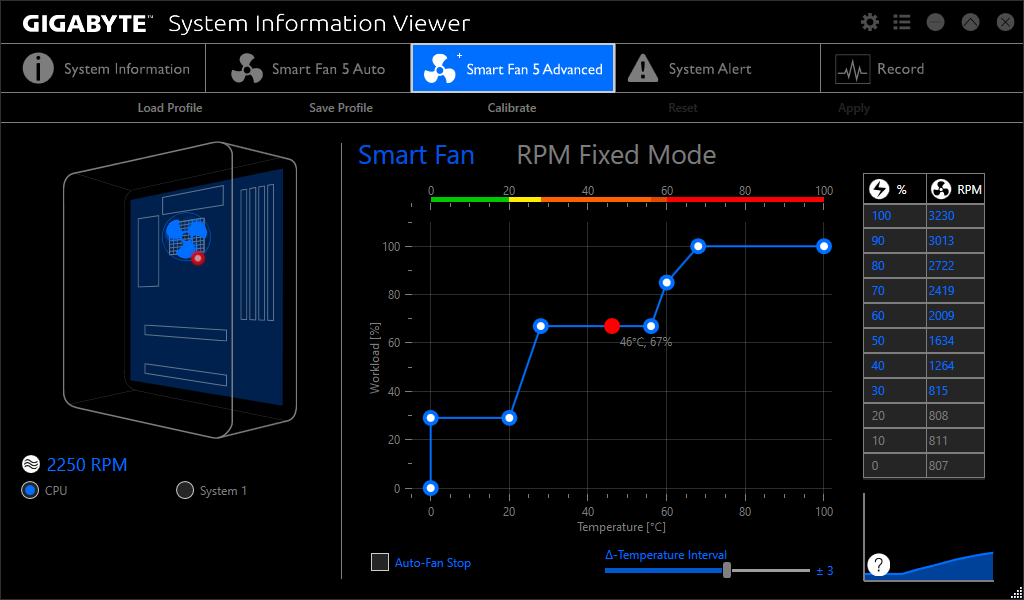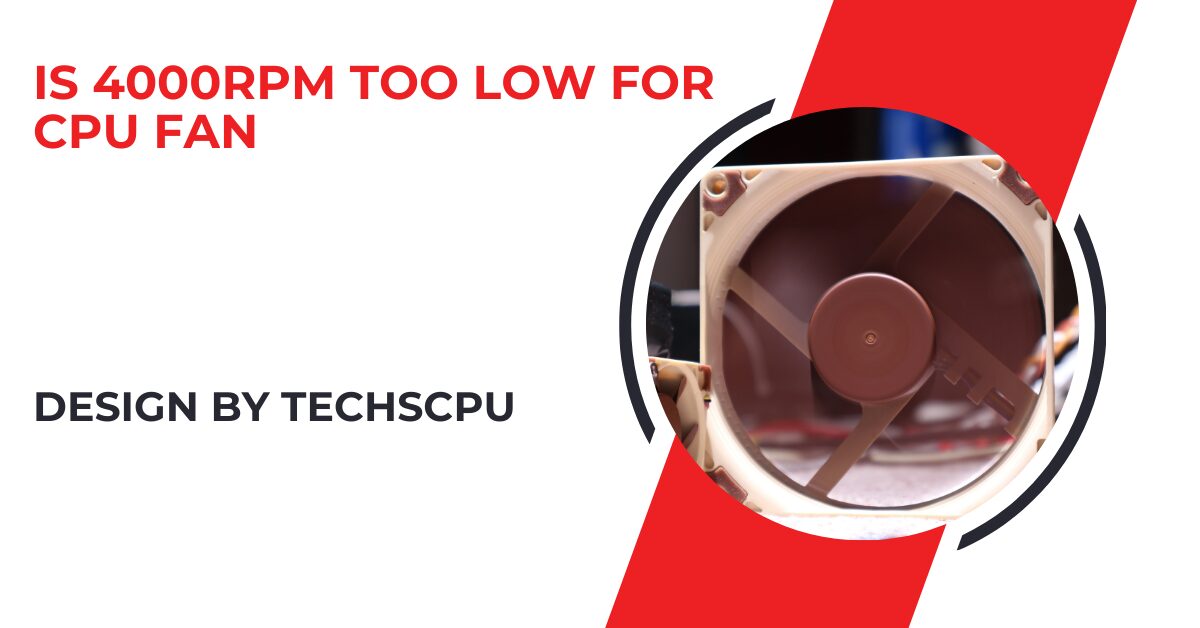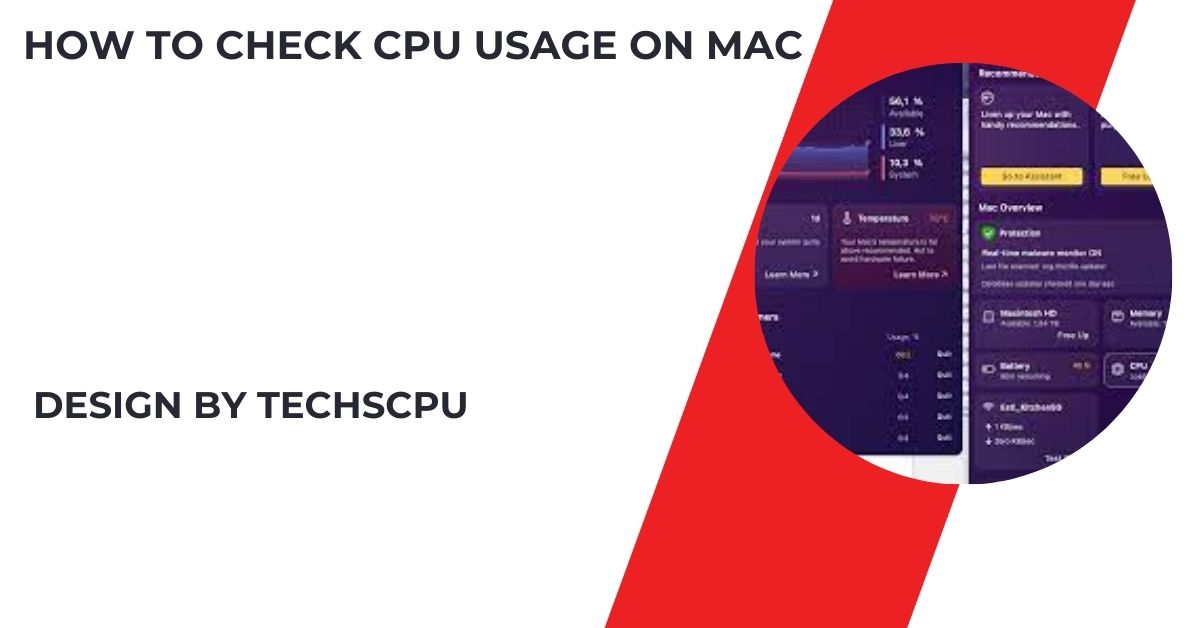A CPU fan running at 4000 RPM is on the higher end of the spectrum and offers sufficient cooling for most CPUs, though its suitability depends on your CPU’s thermal output, cooling system, and noise tolerance.
Let’s break down what this means and whether 4000 RPM is too low, too high, or just right for your system.
What Does RPM Mean in CPU Cooling?

RPM, or revolutions per minute, indicates how many times the fan blades complete a full rotation in one minute. Higher RPMs generally translate to greater airflow, which means more air is being pushed over the CPU heatsink, effectively removing heat. However, higher RPM also typically results in more noise, which can be an issue for those seeking a quiet computing environment.
CPU fan RPMs can be broadly categorized as follows:
- Low RPM (Under 1000 RPM): Typically found in silent or passive cooling solutions, these fans run quietly but may not provide sufficient cooling for high-performance or overclocked CPUs.
- Medium RPM (1000-3000 RPM): Common in many desktop cooling solutions, offering a good balance between noise levels and cooling performance.
- High RPM (3000-6000 RPM): Designed for high-performance setups, these fans provide maximum airflow but can be quite noisy.
Given this context, a fan speed of 4000 RPM is on the higher end of the spectrum and is generally considered to be effective for cooling most CPUs, including those under heavy load or mild overclocking conditions.
Factors Affecting CPU Fan RPM Requirements:
While 4000 RPM may seem high, several factors influence whether this speed is appropriate for your specific needs:
CPU Power and Heat Output:
Modern CPUs vary widely in power consumption and thermal output. High-end processors like Intel’s i9 series or AMD’s Ryzen 9 generate more heat, especially under load or when overclocked.
A fan running at 4000 RPM can efficiently manage the thermal output of these processors, ensuring temperatures stay within safe limits. However, if you have a lower-powered CPU, such as an Intel i3 or Ryzen 3, you may not need such a high RPM, and running the fan at this speed could be unnecessary or result in excessive noise.
Fan Size and Blade Design:
The size of the fan and its blade design significantly impact its cooling efficiency at different RPMs. Larger fans (120mm or 140mm) can move more air at lower RPMs compared to smaller fans (80mm or 92mm).
For example, a 140mm fan at 2000 RPM may provide similar airflow to a 92mm fan at 4000 RPM. This means that if your fan is larger, it may not need to run at 4000 RPM to cool effectively, reducing both noise and wear on the fan.
Overall Cooling System:
The efficiency of your entire cooling system—comprising the CPU cooler, case fans, and thermal paste—determines how much RPM your CPU fan requires.
A well-designed cooling system with good airflow can keep your CPU cool even with a fan running at lower RPMs. For instance, liquid coolers often use lower RPMs because they rely on a combination of liquid flow and large radiators to dissipate heat.
Also Read: Lga 2011 V3 Cpu List – A Comprehensive Guide to High-Performance Processors!
Ambient Temperature and Case Airflow:
The environment in which your PC operates also matters. In a hot climate or poorly ventilated case, you may need higher RPMs to compensate for the increased ambient temperature. Conversely, in a well-ventilated case with excellent airflow, a 4000 RPM fan may be more than sufficient, even under heavy load.
Noise Considerations:
High RPM fans often generate more noise, which can be distracting or undesirable in certain environments. If your fan is running at 4000 RPM and producing excessive noise, you might consider adjusting your fan curve in the BIOS or using fan control software to reduce the speed during low-load periods. This can help maintain a quieter system while still providing adequate cooling when needed.
Overclocking Potential:
If you’re overclocking your CPU, you’ll need to ensure that it stays cool under the added stress. A 4000 RPM fan can provide the extra cooling capacity required for stable overclocking, but make sure that your cooling system as a whole (including the heatsink and thermal paste) is up to the task. If temperatures are still high, you may need to increase fan speed further or consider a more advanced cooling solution, such as liquid cooling.
Is 4000 RPM Too Low or Too High?
So, is 4000 RPM too low for a CPU fan? The answer depends on your specific system configuration and usage scenario:
- For High-End Gaming or Overclocking: 4000 RPM is generally appropriate and can provide the necessary cooling to keep temperatures in check.
- For General Productivity or Low-Power CPUs: 4000 RPM may be overkill, leading to unnecessary noise and power consumption. In these cases, lowering the RPM could improve your overall experience without compromising cooling performance.
- For Quiet Computing: If silence is a priority, 4000 RPM might be too high. Consider lowering the fan speed if your system temperatures allow it, or investing in a larger, quieter fan.
FAQ’s
1. Is 4000 RPM too high for a CPU fan?
No, 4000 RPM is considered a high speed and is effective for cooling high-performance CPUs, though it may produce noticeable noise.
2. Can 4000 RPM cause too much noise?
Yes, fans at 4000 RPM can be noisy. Adjusting the fan curve or using a larger fan can help reduce noise without compromising cooling.
3. Do I need 4000 RPM for low-power CPUs?
No, low-power CPUs typically do not require such high RPMs. A lower speed may suffice and reduce noise.
4. Is 4000 RPM suitable for overclocking?
Yes, 4000 RPM is appropriate for cooling CPUs that are overclocked, providing the necessary airflow to manage increased heat.
5. Can I lower the fan speed if 4000 RPM is too loud?
Yes, you can reduce the RPM if temperatures allow, especially if your system has good airflow or uses liquid cooling.
Conclusion
In summary, 4000 RPM is not too low for a CPU fan—it’s actually a high speed that provides strong cooling performance. However, its effectiveness depends on factors like your CPU’s heat output, the cooling system design, and noise considerations. By tailoring your fan settings to these variables, you can balance cooling efficiency with noise control, ensuring optimal system performance.



